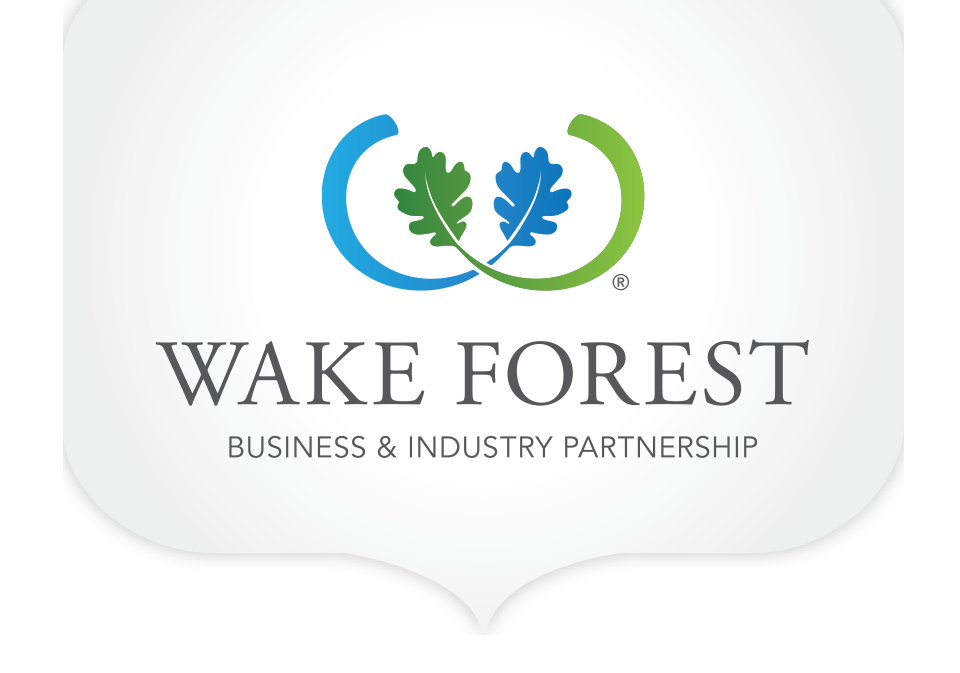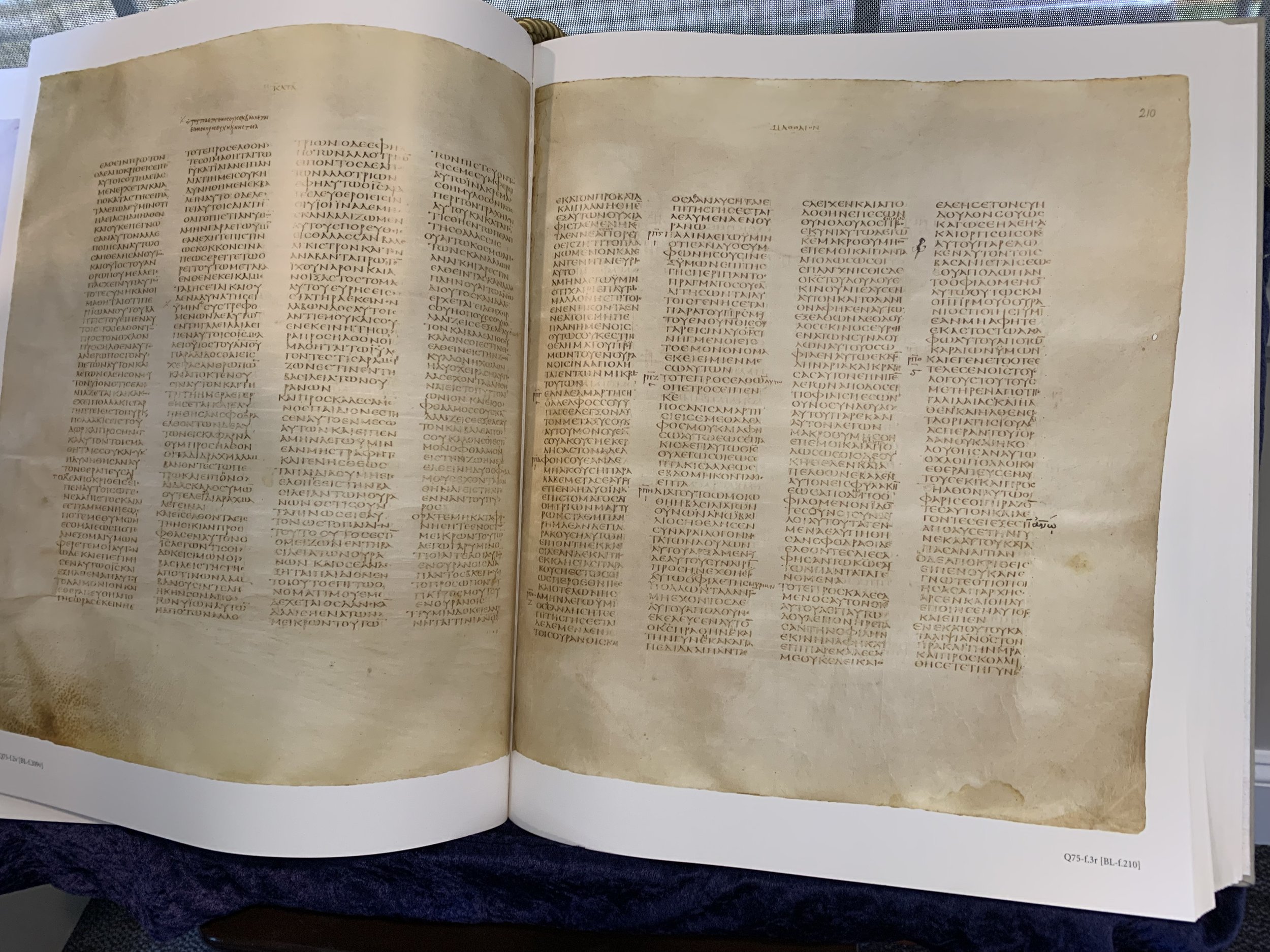On the corner of Durham Road and S. Wingate Street stands a recently renovated building that was first constructed in the 1930s. Named Shaw House and completed in April, Southeastern Baptist Theological Seminary (SEBTS) spent nearly $1 million to create this new home for the Caskey Center for Biblical Text & Translation (CBTT).
Founded in August 2023 at the suggestion of Professor Charles Quarles, the Center provides biblical translation resources for missionaries and church leaders around the world along with residential research associateships for six Ph.D. students, one of whom serves as the Center's assistant director.
"It has been a great honor and privilege to help restore the Shaw House and provide a home for the Caskey Center," says Travis Williams, Associate VP for Facilities at Southeastern Baptist Theological Seminary. The mission of the Facilities Division is to create and maintain an environment where the mission of SEBTS can thrive. Williams adds, "We are excited not only to provide a new space for SEBTS but also to preserve a piece of history. Our goal was to enhance the historic and beautiful character of Wake Forest."
Named in honor of bi-vocational preacher Steve Caskey, the Center’s launch was made possible by a donation from the Cason Foundation. As written by Chad Burchett in an article that appeared on the Seminary website in December 2022, "The CBTT exists to improve the quality of editions of the Bible in the original languages and to ensure the accuracy and clarity of Bible translations worldwide."
Although most translations are already well-vetted by this point in history, updates are typically done every 20-25 years.
A 4th-century biblical manuscript of the New Testament Scripture in Greek lies open in Dr. Quarles’ office. Quarles, a former missionary and noted Biblical scholar, describes the Center's purpose: “to improve the quality of major English Bible translations; to provide resources for Bible translators and translator consultants worldwide; and to improve the quality of the critical editions of the Hebrew Old Testament and Greek New Testament.”
An important function of the Center — which makes its research available online for free — is providing resources and education to translators across the globe. “Nothing matters more than having an accurate, reliable, and clear translation in the hands of Kingdom workers," Quarles said in a 2022 article. "You must have the Scriptures to evangelize, to plant churches, to edify God’s people in the worship of the local church, and to train pastors and missionaries. Nothing is more basic and essential than people having access to the word of God in an accurate and clear translation.”
Research associates receive full funding for their Ph.D. studies at Southeastern, along with a stipend with benefits and free campus housing.
“Whether they later serve as theological educators, Bible translation consultants, IMB missionaries, or Wycliffe Bible translators, they will carry this passion with them and continue the work while inspiring others to join the work,” Quarles said.
With some 5,600 manuscripts of New Testament Bibles in Greek, Quarles said the majority have not been studied. The professor added that the Ph.D. students worked on manuscripts from the 8th to the 12th centuries, while he worked on one from the 4th century. Currently housed in the Smithsonian, it's a rare opportunity to study something to which very few are granted access.
"What really matters is not the age of the manuscript but the number of copies between it and the original," Quarles said.
For instance, he refers to a 10th-century manuscript (Minuscule 1739) that preserves text from the early 200s. Although in flawless new condition, the oldest aforementioned reproduction from the 4th century is called Codex Sinaiticus, dating back to approximately 350 A.D. Papyrus 52, from 125 A.D., is the oldest known fragment of the Gospel of John. The 27 books of the New Testament are believed to have been written from 49 C.E. to the late first Century.
For his part, Quarles said he's currently interested in what changes scribes have introduced into scripture over the last 2,000 years. "What did Matthew and Luke originally write?" Quarles asks rhetorically. "When the manuscripts have different readings, we need to compare [them] to determine which reading is likely the original one."
Quarles went on to say that it is a concern to believers that when they open their Bibles they're reading what God said through the Apostles, not what scribes may have interpreted over the years.
Distinguishing a "blind faith" from one informed by evidence, after studying the New Testament in its original Greek language for the past 40 years, Quarles said he never found one error or contradiction. "All my research has confirmed my faith," he said. "The meaning of scripture never changes, but our understanding does."
Jason Cannon, President of the Wake Forest Business & Industry Partnership (WFBIP), welcomes the addition of this new scholarly center. "We wish Professor Quarles and his team well as they embark on this important work," Cannon said. "Our relationship with the Seminary is invaluable, and one we've cherished over the years. This Center is a remarkable addition to our Town, enhancing both our community and the resources available to future religious leaders."







